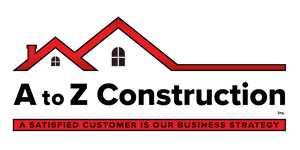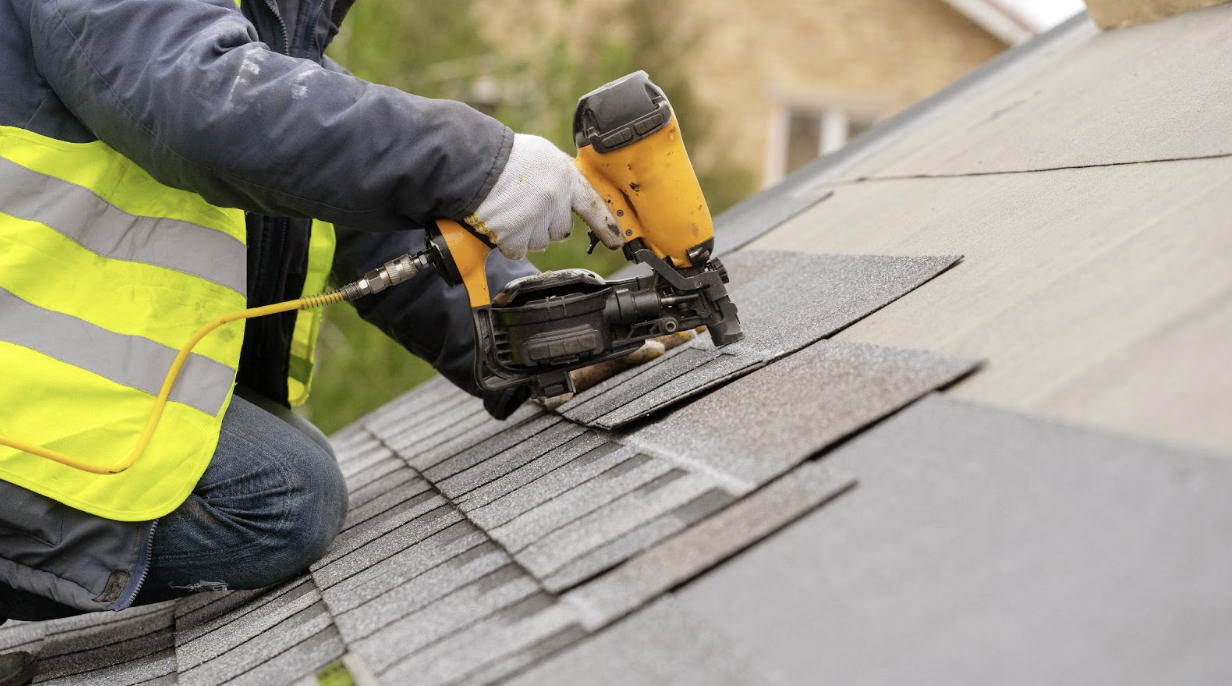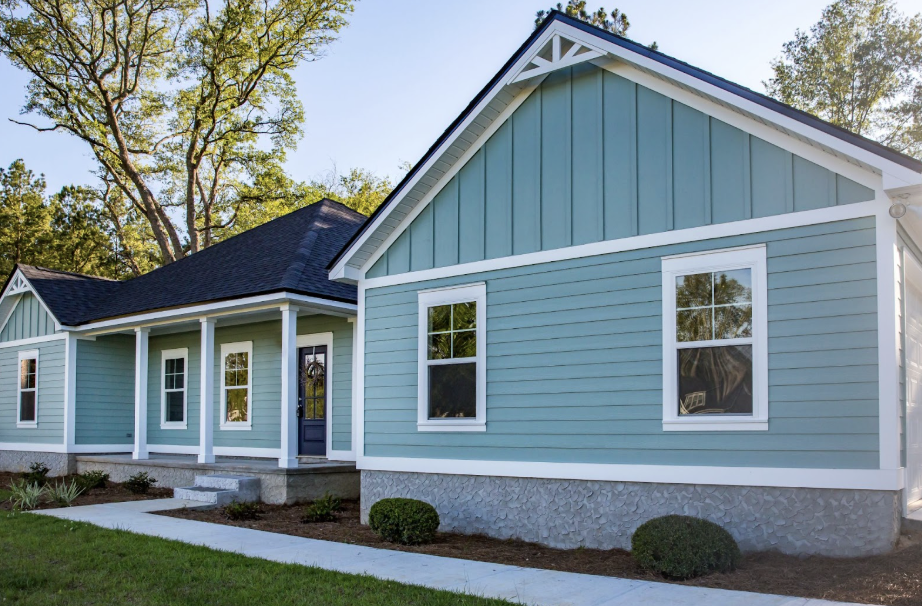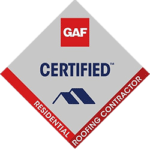When it comes to maintaining or replacing your roof, one of the crucial steps is understanding the roofing estimate. This document outlines the scope of work and associated costs, providing valuable insights into the project. In this guide, we’ll explore the various components of a roofing estimate for your home’s roof and shed light on the essential factors that influence pricing.
The Basics of a Roofing Estimate

A roofing estimate typically includes several fundamental elements that outline the necessary materials and labor required for the project. Among these essentials are underlayment, which acts as a protective barrier between the roof deck and shingles. Synthetic felt and ice and water barriers are common types of underlayment used to enhance durability and weather resistance.
Exploring Key Components
In addition to underlayment, a roofing estimate may specify other critical components such as valleys, drip edges, and shingles. Valleys play a vital role in channeling water away from vulnerable areas of the roof, while drip edges help prevent water from seeping into the underlying structure. Shingles, available in various materials and styles, form the outermost layer of protection against the elements.
Understanding Additional Features
Beyond the basics, a roofing estimate may include various additional features and accessories to optimize performance and functionality. Turtle vents, for instance, facilitate proper attic ventilation, helping regulate temperature and moisture levels. Ridge vents serve a similar purpose, promoting air circulation to prevent moisture buildup and mold growth.
Exploring Smaller Pieces
In addition to vents, smaller pieces such as ridge caps and flashing may be specified in the roofing estimate. Ridge caps provide a finished look along the peaks of the roof, while flashing helps waterproof joints and transitions between different surfaces. These smaller components play a crucial role in ensuring the integrity and longevity of the roof system.
Factors Influencing the Estimate
Several factors can influence the cost of a roofing estimate, ranging from the size and complexity of the roof to the chosen materials and accessories. Additionally, local labor rates, market conditions, and any necessary permits or inspections may impact the overall pricing. It’s essential to consider these factors carefully when reviewing a roofing estimate to ensure an accurate assessment of the project’s cost.
Assessing Your Roof’s Needs
Before obtaining a roofing estimate, it’s advisable to assess your roof’s condition and identify any existing issues or potential areas of concern. By conducting a thorough inspection, you can provide contractors with valuable information to generate a more precise estimate. Additionally, communicating your preferences and priorities can help tailor the estimate to meet your specific needs and budget.
Conclusion

A roofing estimate serves as a valuable tool for homeowners and contractors alike, outlining the scope of work and associated costs for a roofing project. By understanding the essential components and factors that influence pricing, you can make informed decisions and ensure the success of your roofing endeavor. Whether you’re considering repairs, replacements, or upgrades, a comprehensive roofing estimate provides the clarity and confidence you need to move forward with your project. For further inquiries or to schedule a consultation, feel free to contact A to Z Construction today.












